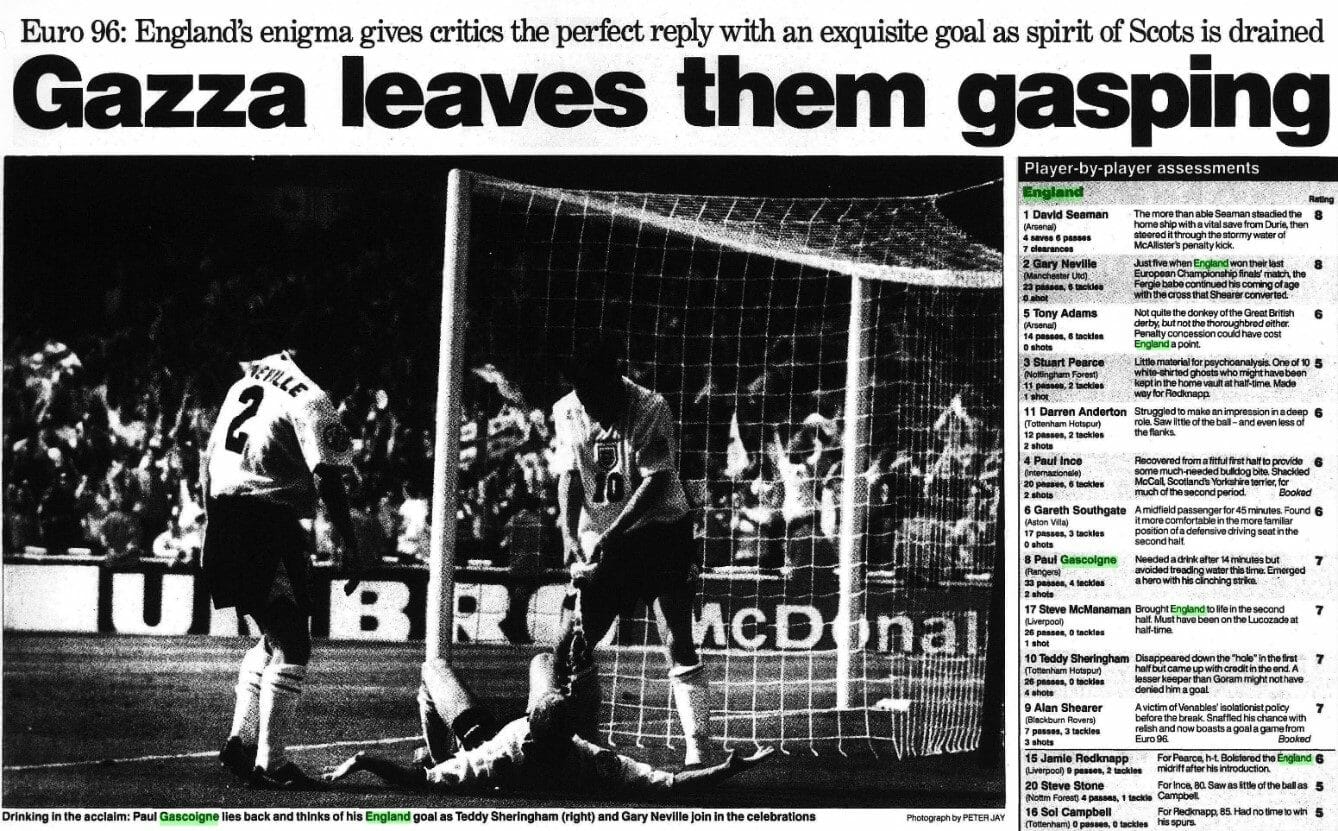|By Daniel Pullin, Publishing Assistant|
In a few months’ time, the day millions of people have been waiting for will finally be upon us: Election Day in the United States. For the first time in eight years, a new President will be elected to the White House. Pitching effervescent Republican Donald Trump against the more sedate Democrat Hillary Clinton, long months of campaigning will come to an end in what is potentially the most globally scrutinised election ever known. The successor to Barack Obama will finally be revealed.
While the level of fanfare surrounding the 2016 election may appear unprecedented, there have been a few notable elections in the US over the years which have come close to matching this year’s furore:
- 1948: Harry S. Truman (Democrat) vs. Thomas E. Dewey (Republican)
- 1960: John F. Kennedy (Democrat) vs. Richard M. Nixon (Republican)
- 2000: Al Gore (Democrat) vs. George W. Bush (Republican)
Using Chatham House Online Archive’s expert analysis, some striking continuities emerge across all three elections.










